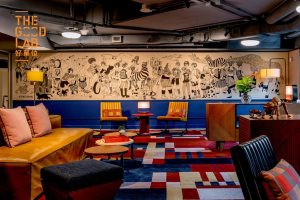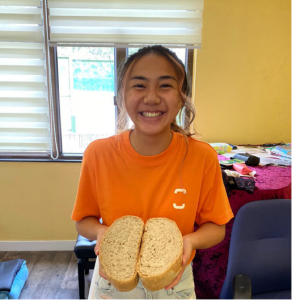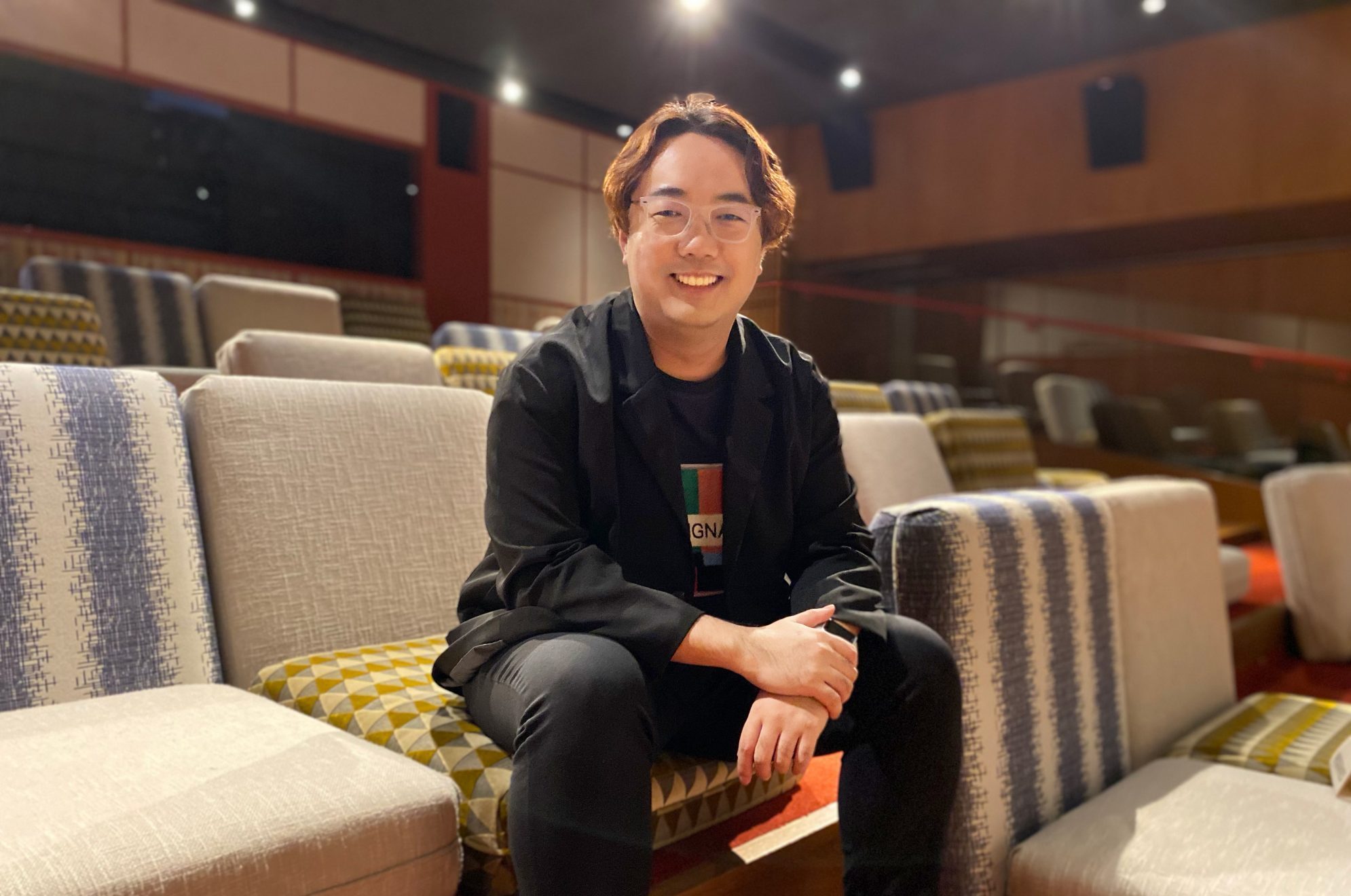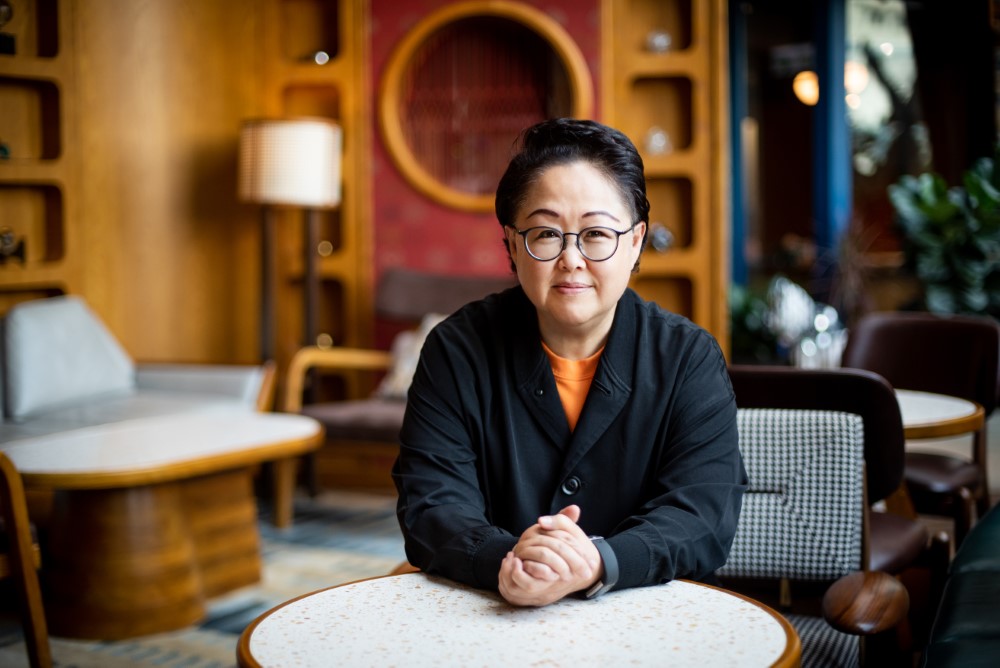Interview with Pirry Leung of Wood Lab

Pirry Leung is founder of Wood Lab, he joined Good Lab last year after winning the pitching of the Green Building Hackathon. He studied chemical engineering and environmental engineering in college. Pirry has a real concern for the environment, which pushed him to start two companies with the environment in mind. We interviewed him not long ago to learn more about his journey of entrepreneurship.

Lessons learned from the first startup
Pirry started his first company two years ago, which is a company that was aiming at plastics recycling. He travelled to the United States to learn about the practice in this field. There was and still is a huge amount of plastics waste generated in US each day, most of which are just dumped as landfills. You can actually buy them really cheap. But what was considered waste in the US could actually become gems if you can transport them to China. Many big and small firms in China are happy to take these plastics waste and turn them into small pallets which is then turned into all sorts of plastic products. If you are one of those Chinese companies in this business, you can make a lot of money. However, if you are a small company with little cash in hand, you can hardly enter the market, as it takes big money to build big factories to process these things. So Pirry was out of luck. But he learned quite a lot in this process.
Cradle to cradle
There are more than 300 tons of construction waste that are dumped to landfills everyday in Hong Kong, most of which are thrown-away wood. And because land resource is really scarce in Hong Kong, construction companies would have to pay for the dumping. Problem is, it often takes many years for these mixture of wastes to get absorbed into the soil.
After gaining this insight from his teammates, Pirry decided that they could try recyling or even upcycling these waste wood into something useful, for example, wood furniture or cat litter. But after a site visit and talking to construction companies, Pirry quickly realized that this simple idea was not practical enough, because there is often metals sandwiched in the wood, and it would take very long hours to separate the two. So the original idea was abandoned.
But further market research revealed a bigger market for cat litters made with bean waste, so Pirry decided to explore this market instead.
According to published stastics, there are around 60 to 70 tons of bean waste generated in the city every day in Hong Kong, but most of these bean waste are just dumped as landfill. While the same bean waste is coveted as resources in mainland China. People use it for composting or as food for animals, they even pay to buy these “waste”. So what we see as waste are in fact shining gems misplaced.
Wood Lab is now working with a food waste processing company in Sheung Shui to turn bean waste into cat litter. The end product is purely made of organic items and without synthetic chemicals, so pet owners can rest asured that their cats will be safe playing with the litter. If this model is proved viable business-wise, it would create a win-win situation, reducing food waste and turning waste into treasures.
The idea of upcycling is fast becoming a hot trend, spreading from the discipline of design to many other disciplines. William McDonough, an American architect wrote a book called Cradle to Cradle, which has been an pivotal force in shaping this trend. If you are interested, you can watch his TEDTalk here to learn more.
Modular furniture for Hong Kong
Pirry has been thinking about how to incorporate the Cradle to cradle idea into his core business, which means to cut the sources of waste. He is working with his teammate Max to design a set of modular furniture.
What Pirry means by modular furniture is an idea pretty much similar to Legos, except that it is expanded and applied to furnitures. Today, if you want a bed or a chair, you have to buy them one by one. But what if you can piece together your own bed or chair with your own design made from small pieces?
But why do we need modularized furniture?
The reason is simple. Most homes in Hong Kong are small, and it is really a headache to put in all sorts of furniture in a small home. And if you move a lot, you will find a big bill for just moving the furnitures around. Most people just dump their used furnitures when they move.
But if you can make modular furniture, this problem gets solved. You will no longer be buying big pieces of furniture, but rather you will buy small pieces which you can put together at home, preferrably with family members or friends. And suppose you are moving someday, you can just break it down into pieces which will be very easy for transportation. This also solve the issue of furniture worn-out while transporting too.
You can think of it as Lego bricks. Each one of them looks humble enough, but when you put them together, it is your imagination that limits the world of possibilities.
This is still in the concept stage, if you are interested, you can check out Wood Lab’s facebook page to learn more.























 Hands-on Experience
Hands-on Experience 








































